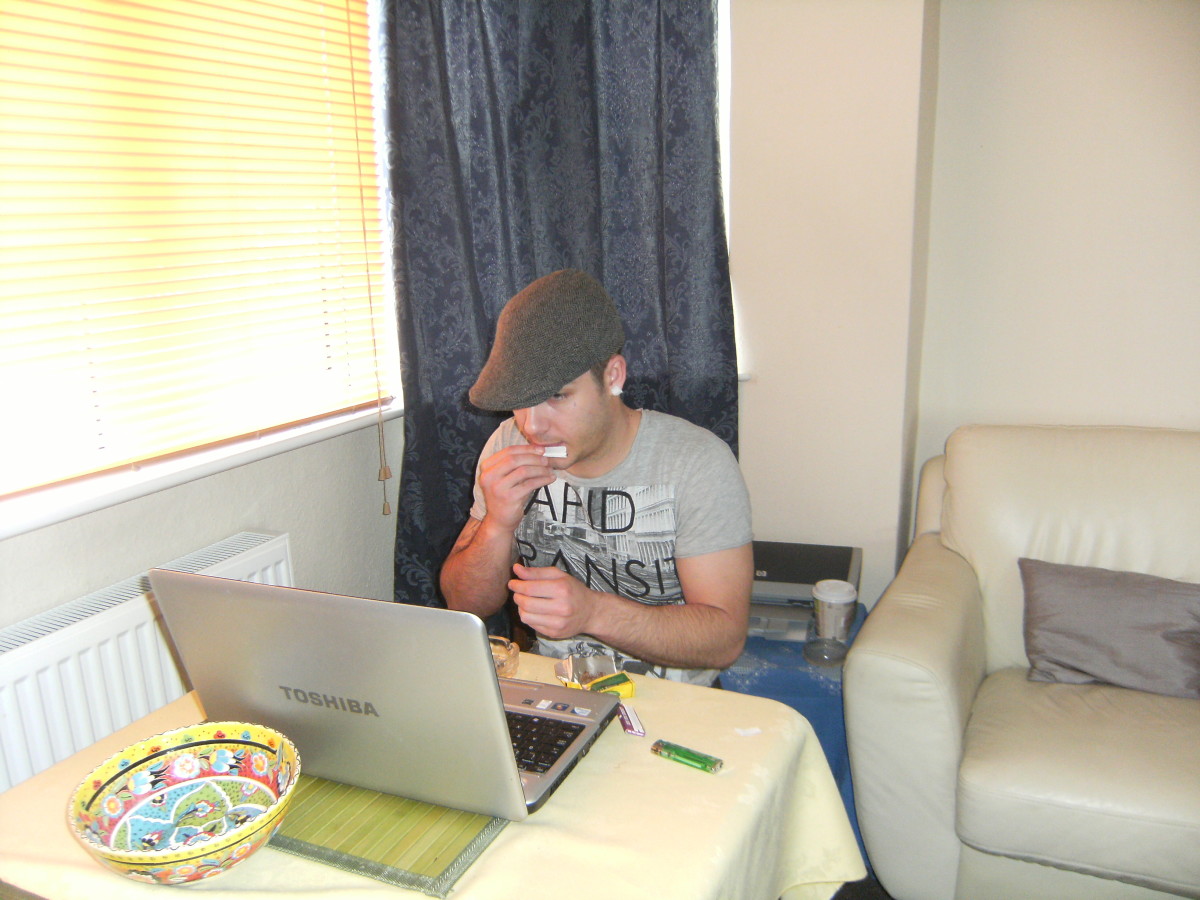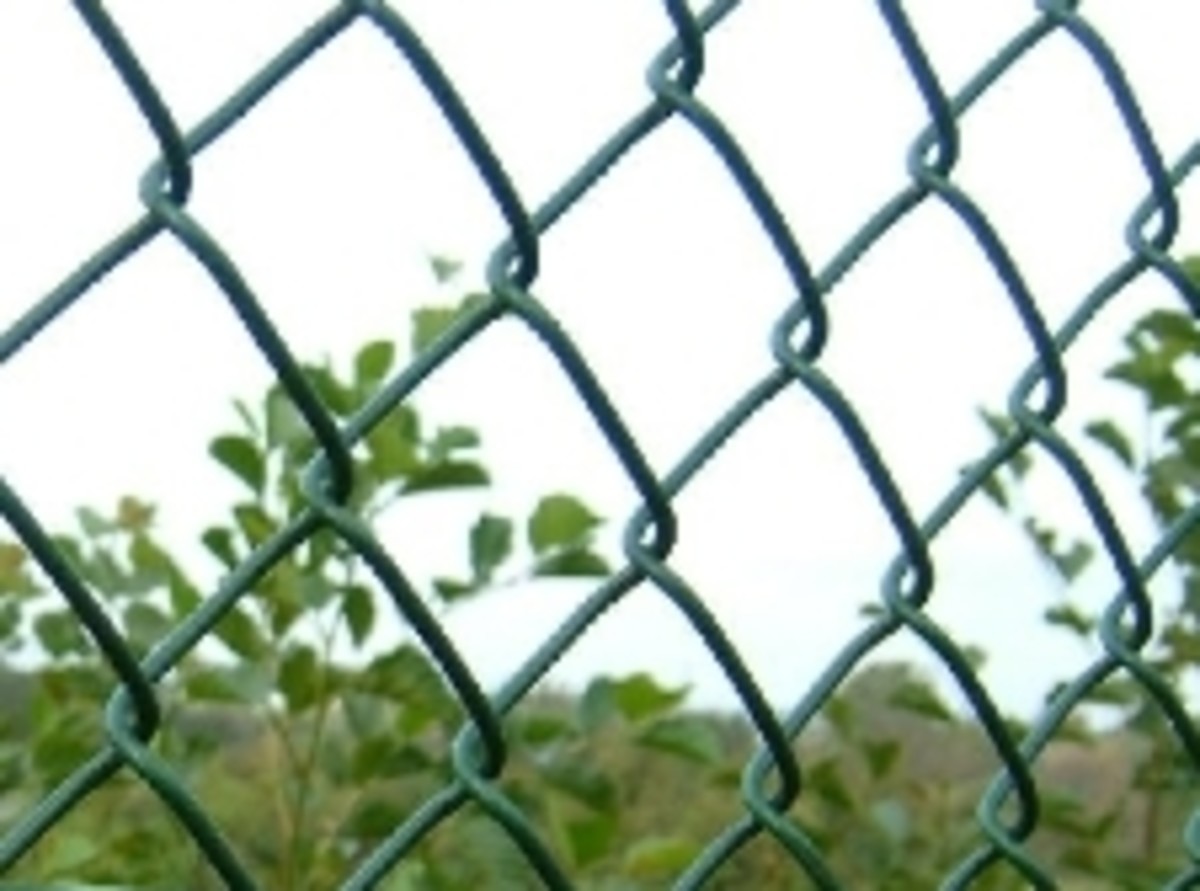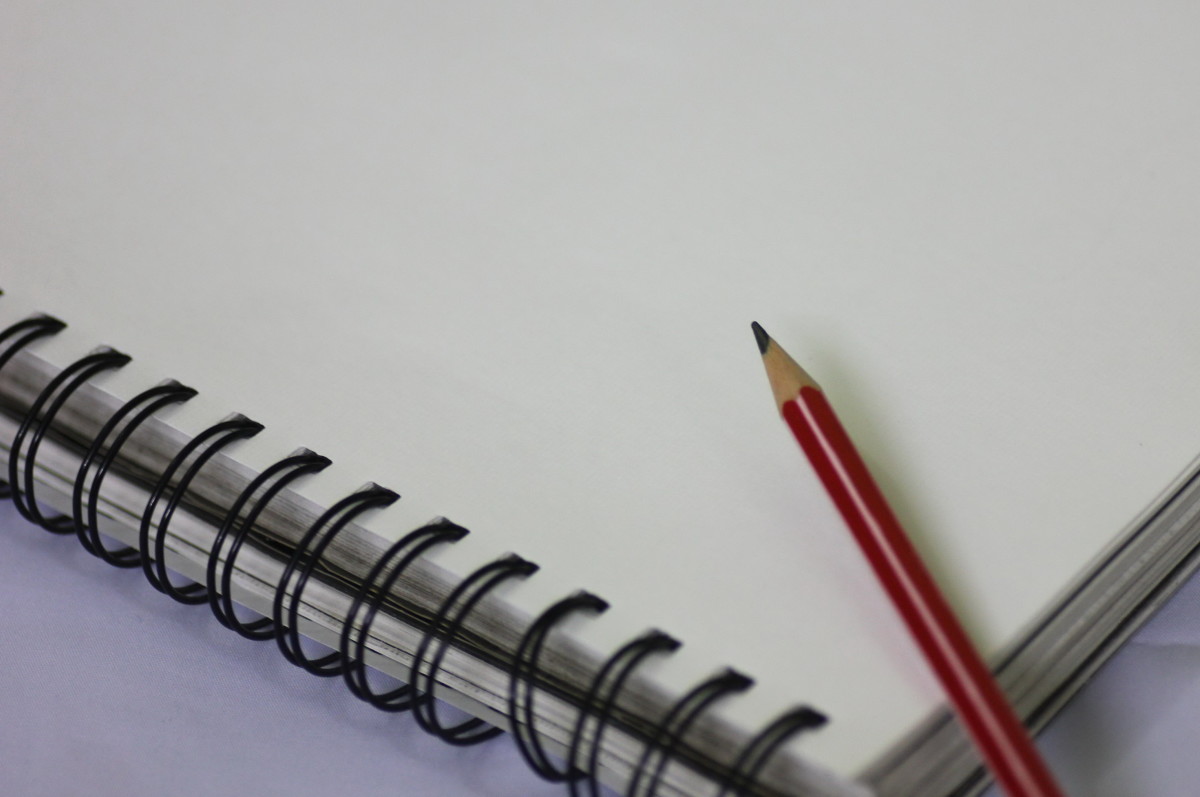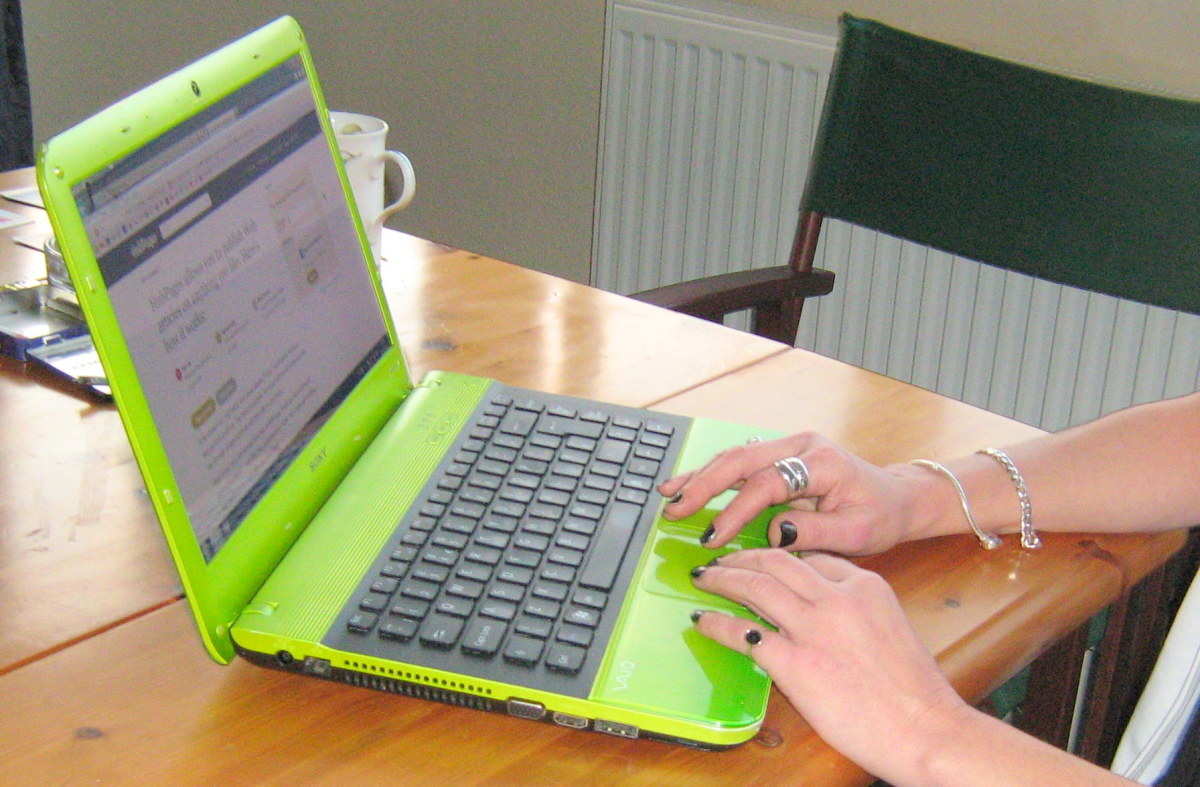- HubPages»
- Books, Literature, and Writing»
- Commercial & Creative Writing»
- Making Money as a Writer
6 Cons Of Interlinking Your Related Articles
There are many reasons why you would want to interlink your related articles with each other but did you know that there are also cons to interlinking? What are these cons? And should you bother to interlink your related posts even after knowing about these cons?
Cons of interlinking articles
Interlinking articles isn't as easy as it seems. Here are some of the cons of doing this:
1. Make sure that your links are really related
It's not enough to just add any link that you can to your articles. You have to make sure that the URLs that you're adding can really be related to the post in question, otherwise these links might come across as spam and might just end up annoying your readers instead of encouraging them to check out your other articles.
For example, if you're writing a review about the Disney movie Frozen, you shouldn't be linking to, say, your review of the Tangled movie. Even if both of them are about reviews of movies, they are about different shows so those who are reading your Frozen article would likely want to know or read more about Frozen and not some other movie.
2. Make sure that you're not repeating your links
Your article does not need to contain a link to the same site or post 2 or more times. A single URL is more than enough.
What do you think a person will feel if they come across an article that has, say, 5 links that all go to the same site? If you experience the same thing, how would you feel?
Won't you feel annoyed? Won't you end up thinking that the article is way too spammy? After all, how many links does a reader need anyway? If all the links go to the same site, what's the point?
Note:
If you're using Viglink Insert (meaning, if you're having this affiliate program automatically add links to your posts), be sure to double-check your articles to make sure that it doesn't end up looking spammy or full of links to the same site
I've unfortunately experienced and seen this happen on sites like Persona Paper and Bubblews. It does not look good at all and it's 1 reason why I can no longer mention some sites (like Amazon, eBay, Adobe, etc) there, including Viglink.
3. Make sure that you're not linking to everything
There's such a thing as too much and this definitely applies to interlinking. You shouldn't add links to all of your articles on a single post even if all of them are related.
If more than half of an article is made up of blue clickable links, you'd classify it as spammy too, wouldn't you? Would you want to read a post like that? Won't you just feel annoyed if you see articles like that?
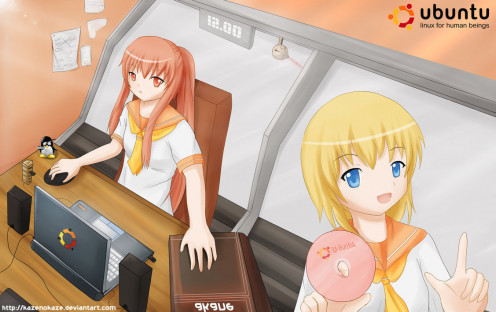
So the challenge now is making sure that you don't have to many URLs in your article. If your article is short, you should only have a few links. If it's long, you may have more than a few but it's still best to keep it at a pretty low number so that your post won't look spammy.
This is why sites like HubPages have linking rules. If you write on your own blogs or site, you should also make sure that you don't end up making your posts look spammy by having too many links.
4. Make sure that you're up to the task of editing
What does editing have to do with interlinking, you ask? Well, it's not really editing per se. It's editing your article to add the related links.
For example, let's say you wrote an article about the Harry Potter series by J.K. Rowling. It's the first one you wrote about this topic so you have no article to link to it.
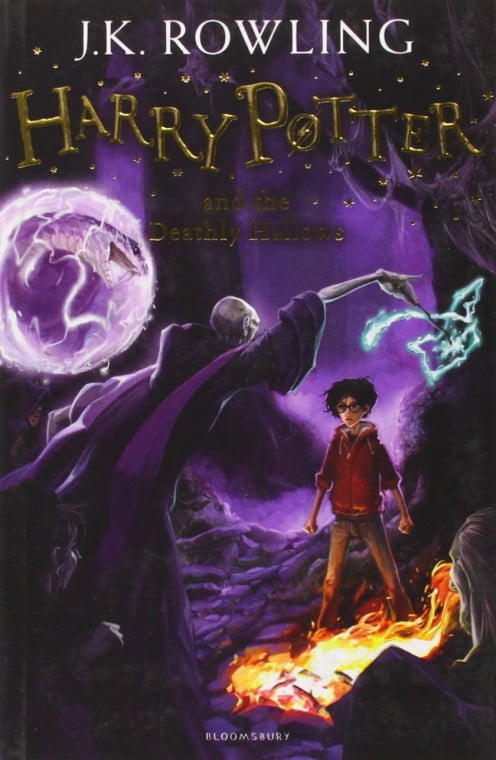
Now, you decided to write a second article about Harry Potter. Before publishing this one, you can add a link to the first article. This requires you to locate your first post so that you can get the URL address.
After publishing your second post about Harry Potter, you'll now want to go to your first article. You'll want to edit this post in order to add a link to the second post that you just published.
If you write a third article about the same topic, you'll want to do the same thing all over again.
You'll want to keep doing this as you keep on writing more posts about the same subject so you can interlink them all together, only stopping once you have enough related links on the posts without making them look spammy.
5. Make sure that you know which article to interlink together
Saying that you should interlink related articles together isn't really as easy or as simple as it seems.
If you already have a lot of articles that are all about the same topic, how can you decide which ones to interlink with each other?
How many related links should an article have?
Since they're all related, they can all be interlinked together but you wouldn't want to do that otherwise you'll end up making your post spammy.
So, what can you do then? In this case, it would help you if you try to break down the subject further, narrowing down the topic even more to make the links even more relevant to each other.
For example, let's say that you have loads of articles about the Hetalia Axis Powers anime and manga series by Hidekaz Himaruya.
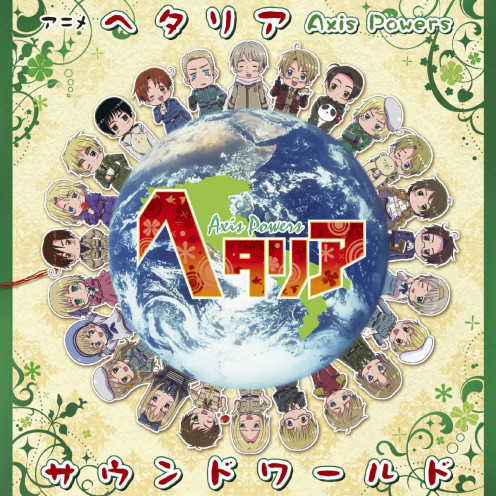
Since all of the posts are related, how can you narrow things down even more to help you decide which ones should be interlinked together?
You can do this by categorizing things further. For instance, if you have several posts about the Hetalia world meeting scene, you should interlink them all together with each other.
You can then interlink all the posts that you have that are about the first episode of Hetalia and so on and so forth.
6. Make sure that each of your articles get at least 1 link from another 1 of your related articles
If you already have a lot of articles about 1 topic, how can you make sure that each of those posts will be linked to at least 1 of your other articles that talk about the same thing?
Having too many articles can be confusing since you need to make sure that each of those articles have a link in at least 1 other article that you've written.
You don't want to end up linking to the same post over and over again in different articles while neglecting or forgetting the ones that don't even have a single link.
Tip:
To make things easier for you, you can take note of the URL link of the articles that you publish on different sites or blogs. Then, every time you write and publish another article, just keep on adding the link to that new article to your list.
When you decide to interlink one of your posts, take note of it in your list (perhaps by putting a number) so you can easily see that, oh this article already has 1 link so I should add a link to another article instead. This way you wouldn't have to open each of your articles to take a look at them just to figure out which one should get a link.
Interlinking articles = no easy task
It may not be easy to interlink your related articles together with all these cons, however, it's still worth it to interlink because of all the benefits and pros of doing so.
By interlinking, you can really increase the chances of getting more readers to your other articles. Besides, it's helpful for the visitors to your posts too.
Do you interlink your related articles with each other?
After all, if you read an article that you're interested in, sometimes, don't you want to find out more information about it?
In this case, it would be helpful to find related links on the article that you're currently reading so that you don't have to keep searching for information.
You can just check out the related link right away and save yourself the trouble. So, what do you think? Do you interlink your articles too?
Pros of interlinking related articles
Here are some of the reasons why it's useful and helpful to interlink your related articles with each other:
- This can help you drive traffic to your other posts
- People reading your articles might be interested in checking out the other posts that you wrote and that are related to or similar to the one that they're currently reading so interlinking makes it easier for your readers and visitors to find your old posts
- You can try to get some traffic to old and forgotten posts by linking them to your popular articles
Photo credits:
- The first image is by Kazenokaze (CC:BY-SA) from deviantArt
© 2015 Freya Yuki



